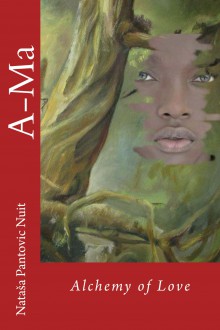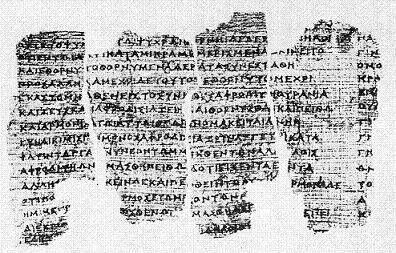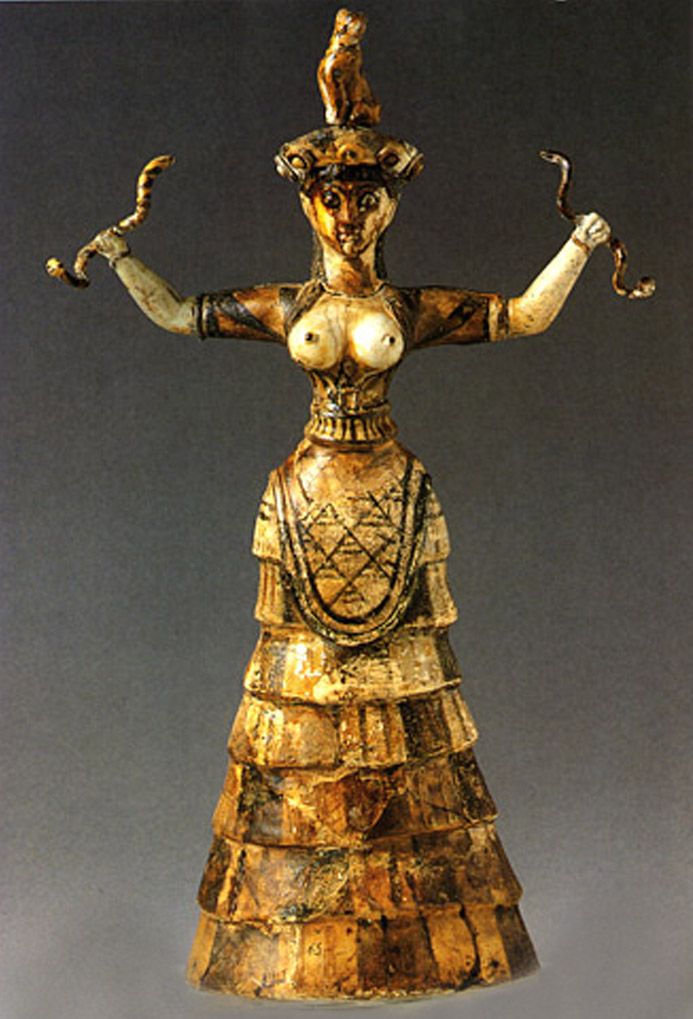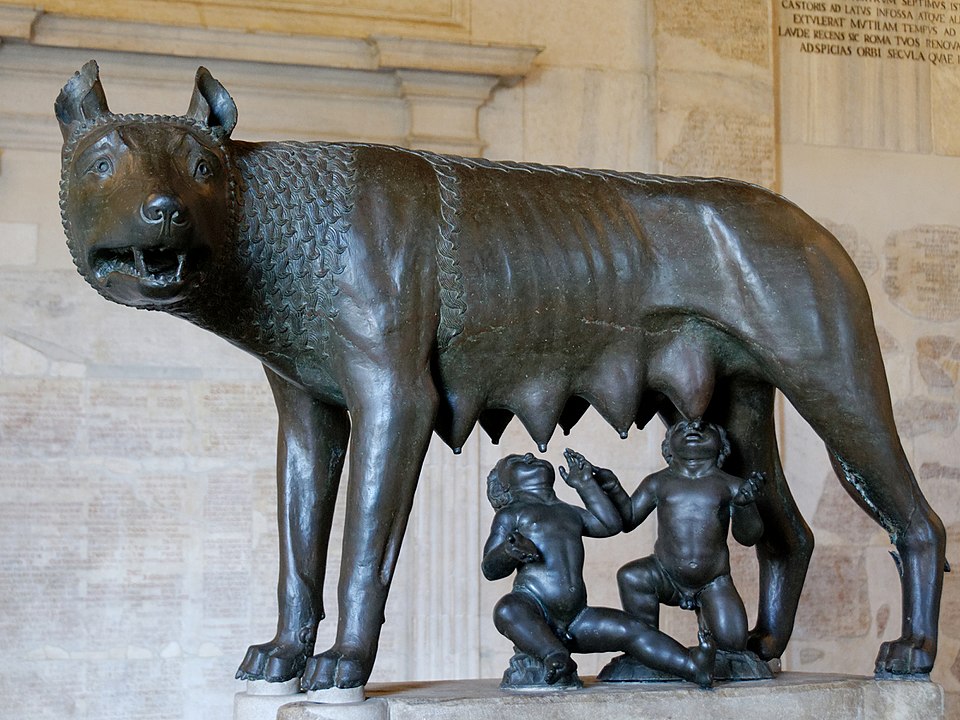 “A-Ma: Alchemy of Love”, um livro cuja acção se passa na Macau do século XVII. Agora, em entrevista ao jornal Times of Malta, a autora, Nataša Pantović, explica que o romance “é sobre a busca pela verdade”. A história tem como protagonista Ama, uma sacerdotisa africana.
“A-Ma: Alchemy of Love”, um livro cuja acção se passa na Macau do século XVII. Agora, em entrevista ao jornal Times of Malta, a autora, Nataša Pantović, explica que o romance “é sobre a busca pela verdade”. A história tem como protagonista Ama, uma sacerdotisa africana.
Nataša Pantović escolheu como cenário para “A-Ma: Alchemy of Love” a Macau do século XVII e colocou como protagonistas Ama, uma sacerdotisa africana a morar na região, Ruben, um padre jesuíta português e Benedito, um cristão ortodoxo. Ama reunia artistas, pregadores, padres e filósofos de todo o mundo, dentro dos cenários mágicos do seu café. O livro explora o crescimento rápido de Macau, quer nos horizontes das cidades, quer nas mudanças socioeconómicas.
Retratando a vida na Europa e em Macau no século XVII, a obra é vista como uma fábula histórica e dos hábitos e costumes dos chineses e dos portugueses que viviam em Macau. O livro tem 12 capítulos e Nataša Pantović coloca Deus e outros espíritos a narrar a acção.
A autora do livro, que foi publicado originalmente em 2016, deu agora uma entrevista ao jornal maltês Times of Malta, onde explicou que o romance foi escrito “do ponto de vista da personagem principal, Ama”.
“Todas as minhas personagens têm fortes compromissos políticos, ideológicos e morais, as suas ideias são inovadoras, é uma ciência contra a Igreja, homem contra mulher, uma conversa do Oriente com o Ocidente”, explicou a escritora com ascendência maltesa e sérvia. Neste caso, o tema central é “a busca pela verdade”.
A filosofia da Grécia antiga também é abordada neste livro. Questionada sobre as influências filosóficas, a autora respondeu apenas: “As mudanças que presenciei durante a minha vida foram enormes. Emocionalmente, mentalmente e fisicamente, temos de adoptar diferentes padrões de comportamento, não apenas sobreviver, mas prosperar sem abusar dos outros grupos sociais ou animais ou colocar o planeta Terra em perigo”.
“O facto de haver uma percentagem da população que não vê televisão, não lê jornais e que ainda é capaz de pensar, de apreciar arte ou dançar e cantar, e é capaz de pensar de forma criativa, faz parte do fascínio pela minha investigação”, atirou a autora.
A autora vê Hermann Hesse e Leo Tolstoy como os seus primeiros “guias espirituais”: “Através das suas percepções profundas e mensagens emocionantes, pela primeira vez experimentei o mundo do crescimento espiritual e contemplação profunda”. A escritora diz ter sido influenciada por outros artistas, e destaca Leonardo da Vinci, Lao Tzu e Giordano Bruno.


 Log in with Facebook
Log in with Facebook 

 “A-Ma: Alchemy of Love”, um livro cuja acção se passa na Macau do século XVII. Agora, em entrevista ao jornal Times of Malta, a autora, Nataša Pantović, explica que o romance “é sobre a busca pela verdade”. A história tem como protagonista Ama, uma sacerdotisa africana.
“A-Ma: Alchemy of Love”, um livro cuja acção se passa na Macau do século XVII. Agora, em entrevista ao jornal Times of Malta, a autora, Nataša Pantović, explica que o romance “é sobre a busca pela verdade”. A história tem como protagonista Ama, uma sacerdotisa africana.








